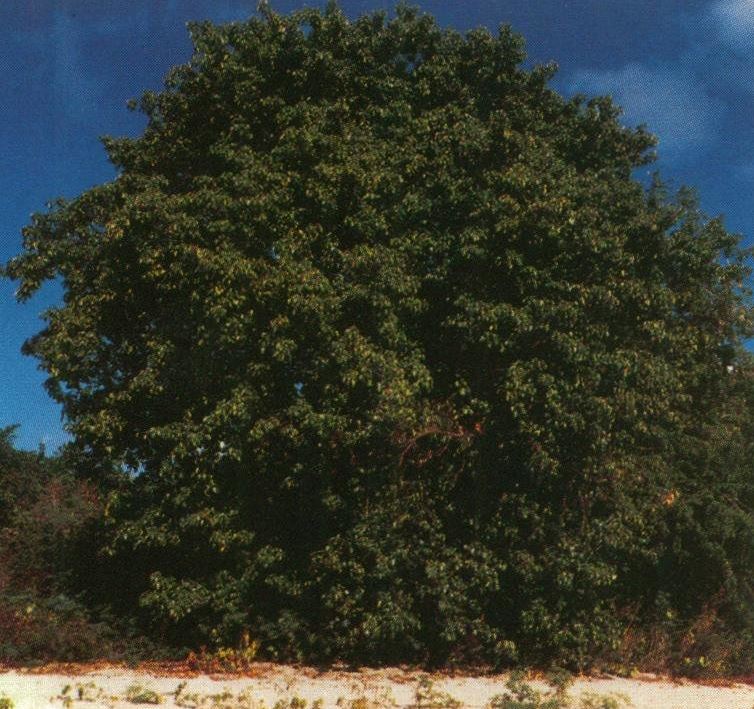
Most of the time, trees are pretty harmless, and we can safely stand beneath them and marvel at their beauty. However, there are some trees that could be deadly if you get too close. Here’s a list of the world’s most poisonous trees:
The Manchineel
The Manchineel tree, also known as the beech apple or poison guava, poses danger from all parts of the tree. Its fruit, known as the “little apple of death” or Manzanilla de la muerte, is slightly sweet but highly toxic. Just a small bite can cause boils in the mouth and throat, and swallowing it could be fatal.
The Suicide Tree
The Cerbera odollam tree, native to southern Asia, has seeds that have been reportedly used in numerous suicides and murders. It contains cerberin, a toxin that disrupts the function of the heart muscles, leading to an irregular heartbeat that can be deadly.
The Bunya Pine
While not one of the most poisonous trees, the Bunya Pine (Araucaria bidwillii) can still be deadly. It has existed since the time of dinosaurs and is now mostly found in Queensland, Australia.
Conium maculatum (Hemlock)
Hemlock was historically used in ancient Greece for execution and suicide. Ingesting even small amounts of coniine, the plant’s potent toxin, can cause muscular paralysis, which can eventually affect the respiratory muscles and lead to death. It is native to the temperate Mediterranean and considered a noxious weed in several U.S. states.
The Sandbox Tree
The Sandbox tree, found throughout the Americas, is known for its poisonous sap, which can cause severe rashes. Interestingly, when its fruit matures, it explodes, forcefully dispersing its seeds at speeds of up to 160 miles per hour, earning it the nickname “dynamite tree.”















